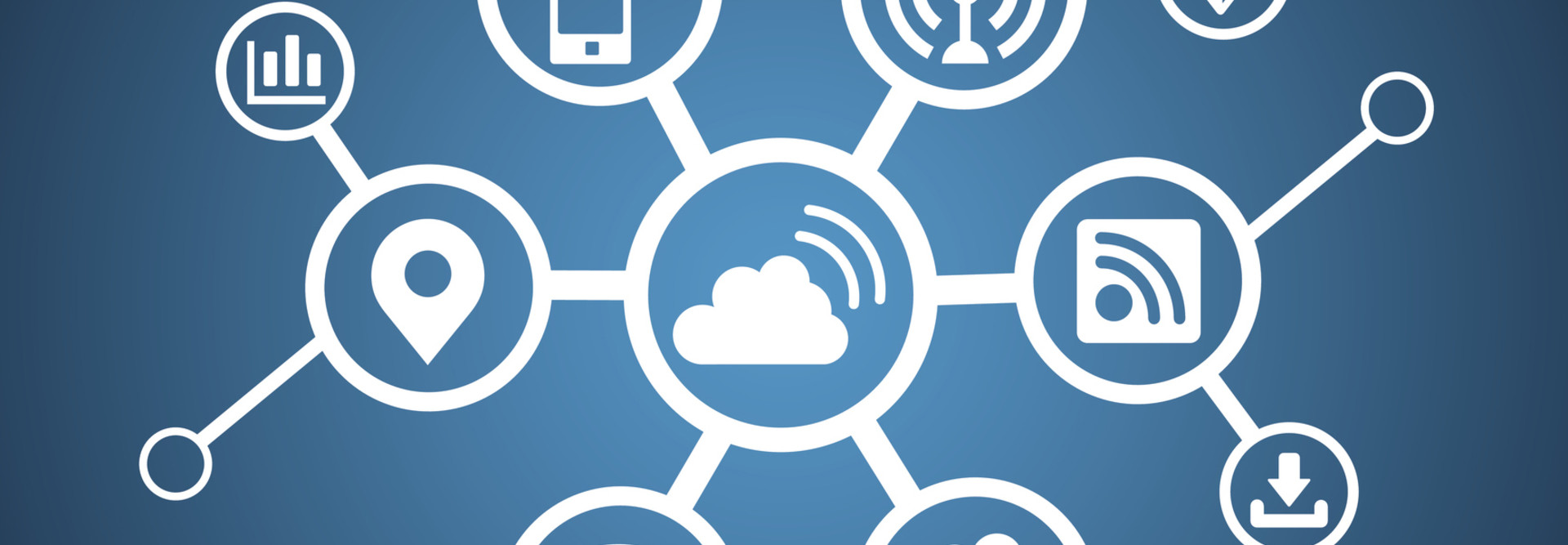IoT Solutions: The Business Opportunities is Creating for Many Industries
For years, people both inside and outside of the IT world read stories in the media about futuristic smart refrigerators that notify their owners when there is no milk, or smart washing machines that can be started remotely.
Today, the conversation has largely shifted toward ways the Internet of Things (IoT) can generate new revenue for businesses, create new efficiencies in the workplace and provide tangible value to their customers. While still in its infancy, the IoT applications with the greatest impact are those that identify new ways to leverage easily collected data for very practical purposes.
But it’s not enough to simply come up with a good idea for wringing new value out of commonplace information. Organizations must also figure out how to store, transport and process that data in such a manner that the costs don’t outweigh the benefits.
In some instances, the sheer amount of data creates challenges. In others cases, there is no existing power or connectivity to support the solution and no business case to be made for investing in miles of new cabling. Even relatively straightforward IoT initiatives require robust and sophisticated back-end infrastructures.
Enterprises already commonly rely on public cloud providers for storage, computing and other Infrastructure as a Service functions in their day-to-day operations. Cloud infrastructure can help to support IoT initiatives, as well. In fact, a number of public cloud vendors are already making a push in the IoT space. For example, the Azure IoT Suite from Microsoft enables organizations to integrate the various devices and operating systems in an IoT initiative with advanced analytics and machine learning tools that help to capture insights from data.
Looking ahead, some industry observers foresee full-scale IoT Platform as a Service tools that will integrate back-end systems, real-time analytics, mobile device management and other aspects of an IoT deployment.
IoT Fuels Modern Manufacturing
The manufacturing floor may seem miles removed from the state-of-the-art, high-tech imagery commonly associated with IoT. But it’s a place where the automation and just-in-time interventions made possible by the strategic use of data can have an enormous, practical business impact.
Food processing company SugarCreek used IoT solutions to integrate operational technology and IT when the business recently expanded its manufacturing facility. One major benefit of the initiative is increased collaboration and communication between employees in widespread physical locations. A network of 260 video cameras allows remote employees and partners to watch operations and assist with maintenance from offsite locations. The company even outfitted employees’ hard hats with radio-frequency identification (RFID) tags, helping to generate workflow productivity data and locate workers in the case of an emergency. The facility also incorporates tools such as Cisco WebEx, unified instant messaging and digital signage.
To make the IoT-powered facility a reality, SugarCreek needed to invest not only in each of the disparate tech solutions, but also in a robust wireless infrastructure to connect those solutions with one another. The investment is expected to pay off for SugarCreek in the form of increased efficiency and productivity. The company anticipates that the IoT deployment will help to increase the facility’s labor utilization rate from about 80 percent to well above 90 percent.
Learn more about the IoT opportunities, challenges and use cases by downloading the free white paper, "What's Next for IoT? The Cloud."








